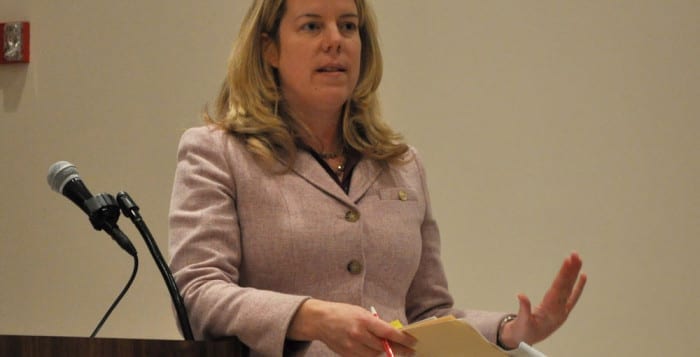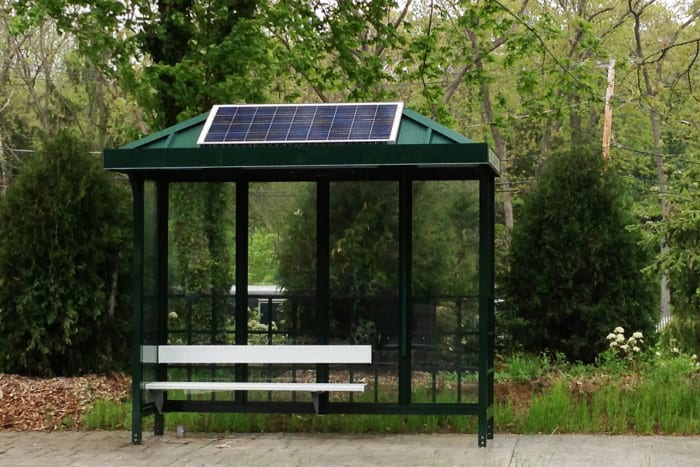Town takes lead on latest Suffolk County initiative saving money by reducing fossil fuel consumption
Smithtown has flipped the switch on energy savings.
The town board voted unanimously last Thursday to make Smithtown the first town in Suffolk County to adopt a new county-developed alternative energy geothermal code for residential and commercial properties, paving the way for more energy-efficient construction practices. The motion was brought before a public hearing at last week’s town board meeting and met with praise from those close to the model code.
“There is an energy crisis on Long Island. We have some of the highest electric rates in the entire nation,” said Smithtown resident Mike Kaufman of the Suffolk County Planning Commission, who helped draft the model code. “Fossil fuel energy has high costs and we have severe environmental costs when fossil fuels are used. Town of Smithtown residents need to think globally and act locally by going green as much as possible.”
Smithtown Building Director William White said the code was drafted with help from several state and local agencies with hopes of capitalizing on geothermal technology, which draws energy from the earth to provide heating, cooling and hot water for homes. The benefits, he said, include a reduction in the use of fossil fuels, the lowering of heat consumption and costs, and nearly quadrupling the efficiency of fossil fuel systems.
“The installation of geothermal systems has been increasing statewide,” he said. “And best of all, there are no changes in building permit fees necessary.”
Suffolk County Executive Steve Bellone (D) stood beside the Planning Commission as well as PSEG Long Island and the Long Island Geothermal Energy Organization back in November to unveil the new energy code and urged for all towns to consider its adoption. When the code was made public PSEG also announced it would provide implementation assistance of $10,000 to each township and $5,000 to the first 10 villages with a population greater than 5,000 residents across Long Island that adopted the code by March 31.
Smithtown was also one of the first of 10 towns to sign onto another model code crafted at the county Planning Commission for solar energy, which helps municipalities evaluate proposed solar energy systems for residential and commercial properties. Since its adoption, an estimated 6,000 solar installations have been finished throughout Long Island.
Kaufman praised the board for taking the lead as the first Suffolk town to sign onto the code after it was introduced back in November, with his help. Under the new code, he said the town will reduce greenhouse gases and use less electricity while expanding clean technology and making sure it is installed correctly.
“We wrote a model code, and a number of towns have begun the efforts to adopt them. But Smithtown is the first to actually get up to the plate and adopt it,” he said. “This town is one of the leaders in Suffolk with going green efforts and it is a pleasure to see my hometown leading the way and stepping up.”








